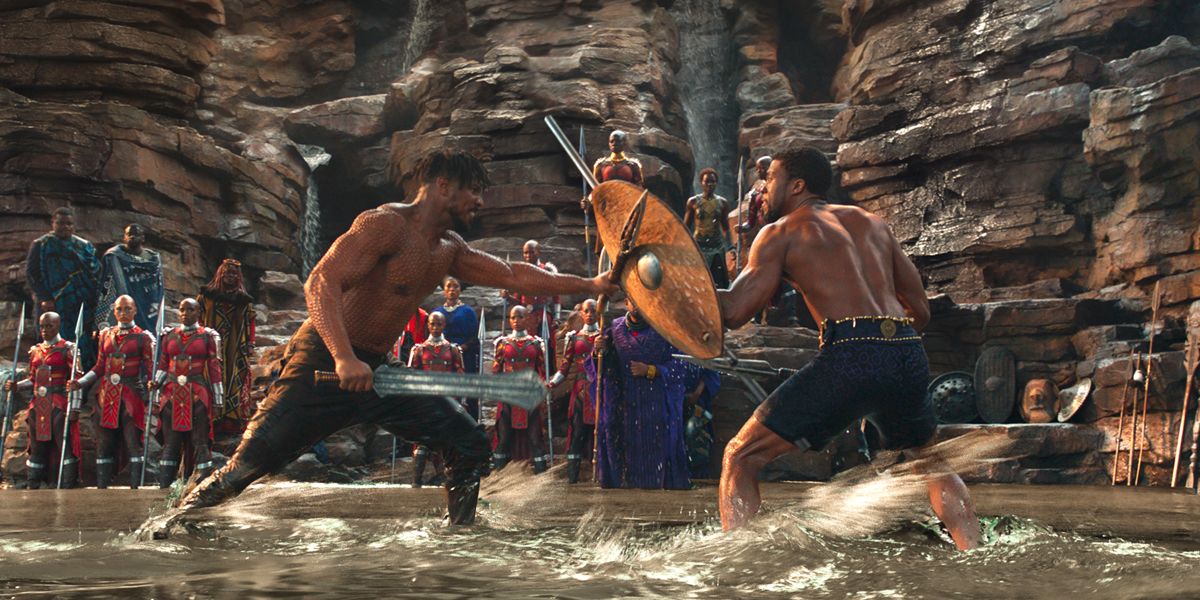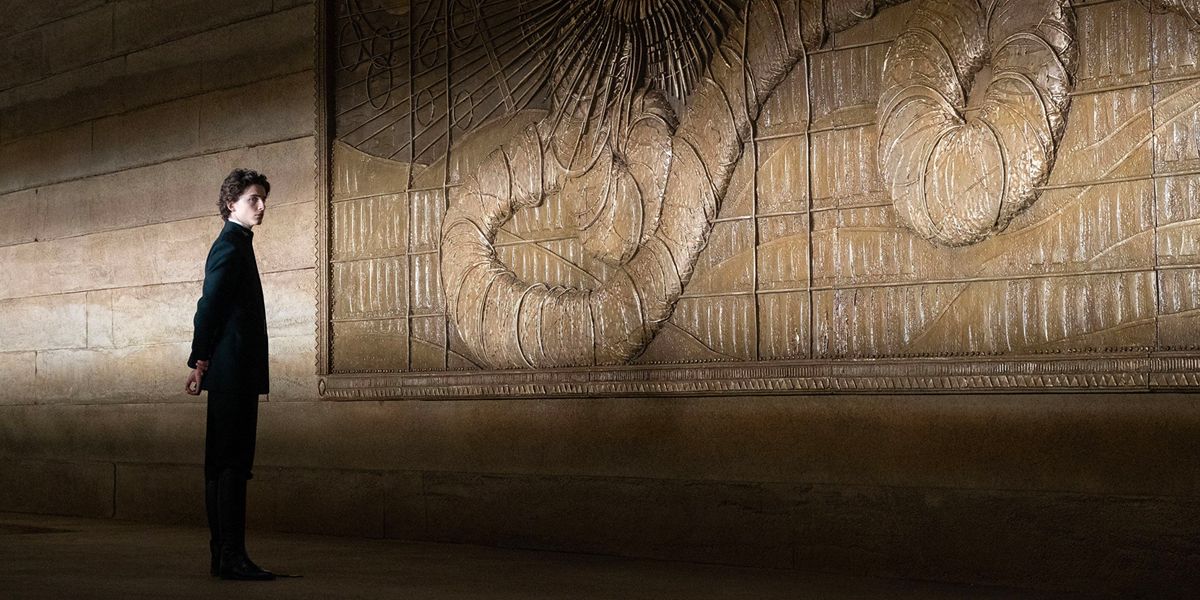Movies have the power to take audiences on a journey to different worlds. That's all thanks to production design. This field involves designing and constructing sets, costumes, props, and all other visual elements to bring the script and the director's vision to life. This year's nominees are no different; from diving into the aquatic parts of Pandora to entering Steven Spielberg's childhood home, production design plays an essential part in making these movies realistic and believable.
Oscar-winning production designs have the ability to leave a lasting impact on audiences, capturing their imagination and making them feel as if they are in it themselves. They add depth and richness to the film, elevating it from just a series of moving frames to a fully realized, immersive universe. From the iconic sets of Star Wars to the harsh landscape of Dune, these are movies with production designs that can transport audiences to new worlds.
'20,000 Leagues Under the Sea' (1954)
20,000 Leagues Under the Sea is an epic adventure film about a team of sailors kidnapped by the anti-hero Captain Nemo (James Mason) and taken on a trip to his submarine, the Nautilus. From encountering giant squid and other sea monsters to exploring underwater ruins and battling with enemy ships, they search for a way to escape and return to land.
Winner of the 1954 Best Art Direction, the movie boasts stunning production design that brings Jules Verne's classic novel to life. Its meticulous attention to detail, from the sublime Nautilus to the sea creatures and underwater landscapes, truly immersed the audience in its underwater world.
'Fantastic Voyage' (1966)
Fantastic Voyage is a sci-fi adventure film directed by Richard Fleischer (who also helmed 20,000 Leagues Under the Sea) and starring Stephen Boyd and Raquel Welch. The film follows a crew who are miniaturized and sent on a dangerous mission to save the life of a critically injured scientist from inside his body.
With cutting-edge special effects ahead of its time, the film takes the audience on a journey through the human body's inner workings, complete with incredible visuals and thrills. The Oscar-winning production design, which includes a futuristic lab, a massive submarine set, and fantastical depictions of body parts, is considered a masterpiece by many.
'Star Wars Episode IV: A New Hope' (1977)
Star Wars Episode IV: A New Hope, a legendary sci-fi film directed by George Lucas which has endured until today, follows the journey of a young boy named Luke Skywalker (Mark Hamill) who joins forces with an old Jedi (Alec Guinness), a princess (Carrie Fisher), a cocky pilot (Harrison Ford), a Wookiee (Peter Mayhew), and two droids (Anthony Daniels and Kenny Baker) to save the galaxy from the evil Empire.
Initially released only as Star Wars, the film's iconic production, from the Death Star to the Millennium Falcon, helped created a fantastical universe that impressed audiences to this day. No wonder this movie spawned numerous sequels, shows, and millions of devoted fans.
'Batman' (1989)
Directed by gothic aficionado Tim Burton, Batman brings the Dark Knight to life on the big screen in a tone that's so wildly different from its previous popular, long-running TV series. Starring Michael Keaton as Bruce Wayne and Jack Nicholson as his nemesis, The Joker, the movie established Batman as the hero we know today.
The Oscar-winning production design in this film was stunning as it creates an entirely new, dark, and brooding Gotham City, the iconic Batcave, and the titular hero's gadgets. This film's commitment to creating an astonishing universe that feels belongs to the real world, and comic books helped it become a classic.
'The Lord of the Rings: The Return of the King' (2003)
The trilogy's final installment, The Lord of the Rings: The Return of the King, follows hobbits Frodo (Elijah Wood) and Sam (Sean Astin) on the final stretch of their journey to destroy the One Ring. Meanwhile, the rest of the Fellowship, led by Aragorn (Viggo Mortensen) and Gandalf (Ian McKellen), lead the armies of Middle-earth in an epic battle to divert Sauron's all-seeing Eye.
The film's production was nothing short of massive, with its practical sets built against the vistas of New Zealand, detailed costumes and weapons, and also miniatures. The series' commitment to bringing J.R.R. Tolkien's words to film finally earned it an Academy Award for Best Production Design after being nominated twice in two consecutive years.
'Avatar' (2009)
Avatar, also known as the biggest movie in the world, follows a disabled marine (Sam Worthington) was sent to the planet Pandora where he becomes a member of the indigenous species to learn their ways and to win their trust so the humans can exploit their natural resources.
James Cameron is no stranger to massive, ambitious world-building. While many detractors complained about its story, its visuals were no contest. From the floating mountains to the bioluminescent environment, every aspect of Pandora was designed to transport viewers to a whole new world. Its state-of-the-art effects and production design were awarded Oscars.
'Inception' (2010)
Inception is a trippy sci-fi movie about a team who goes into other people's dreams to steal secrets. This mission is unique as it requires the team to plant an idea in someone's head: it all gets complicated from there with multiple dream layers, moments that question the characters' reality, and one rogue subconscious.
Christopher Nolan famously always opted for practical sets and effects, so the film's imaginative and mind-bending sets, like the folding cityscapes of Paris and the spinning hallway hotel, helped to bring the film's dreamworlds to life. The attention to detail and creativity in the production design played a huge role in the film's success and, ultimately, its Oscar win.
'Mad Max: Fury Road' (2015)
Shot on location in the Namib desert, Mad Max: Fury Road is a high-octane action movie about a loner named Max (Tom Hardy) who joins forces with a rebel group led by Furiosa (Charlize Theron) as they flee across the post-apocalyptic wasteland from a tyrannical ruler and his army.
Despite losing Best Picture, this film was the biggest winner of the Oscars that year, which includes one for its cool and wild production design. The movie's post-apocalyptic world was brought to life with all sorts of dieselpunk vehicles and environments, from the massive War Rig to the Citadel. The production design played a pivotal part in making the movie so visceral and badass.
'Black Panther' (2018)
Directed by Ryan Coogler, Black Panther follows T'Challa (Chadwick Boseman), the king of Wakanda, as he navigates being a leader and protector of his isolationist yet technologically-advanced African nation while also facing a villain who wants to exploit Wakanda's resources.
The film won three Oscars, including one for its gorgeous production design, which is responsible for transporting audiences to the advanced and stunning fictional nation of Wakanda. It draws inspiration from real-world cultures to create the designs, from the intricate architecture to its vibranium-enhanced costumes. This not only made it stand out among other Marvel movies but also superhero movies in general.
'Dune' (2021)
Denis Villeneuve's Dune follows Paul Atreides (Timothee Chalamet) as he finds his way and destiny after moving to a sand planet and finding himself in the middle of a political coup with the incumbent ruler.
The production design in Dune was a standout aspect. The film's visuals were enhanced by its impressive and large practical sets, creating a visually stunning and believable world for the actors and the audience to immerse themselves in. Topped with great CGI, it brings Frank Herbert's seminal novel to life on the big screen for a new generation.

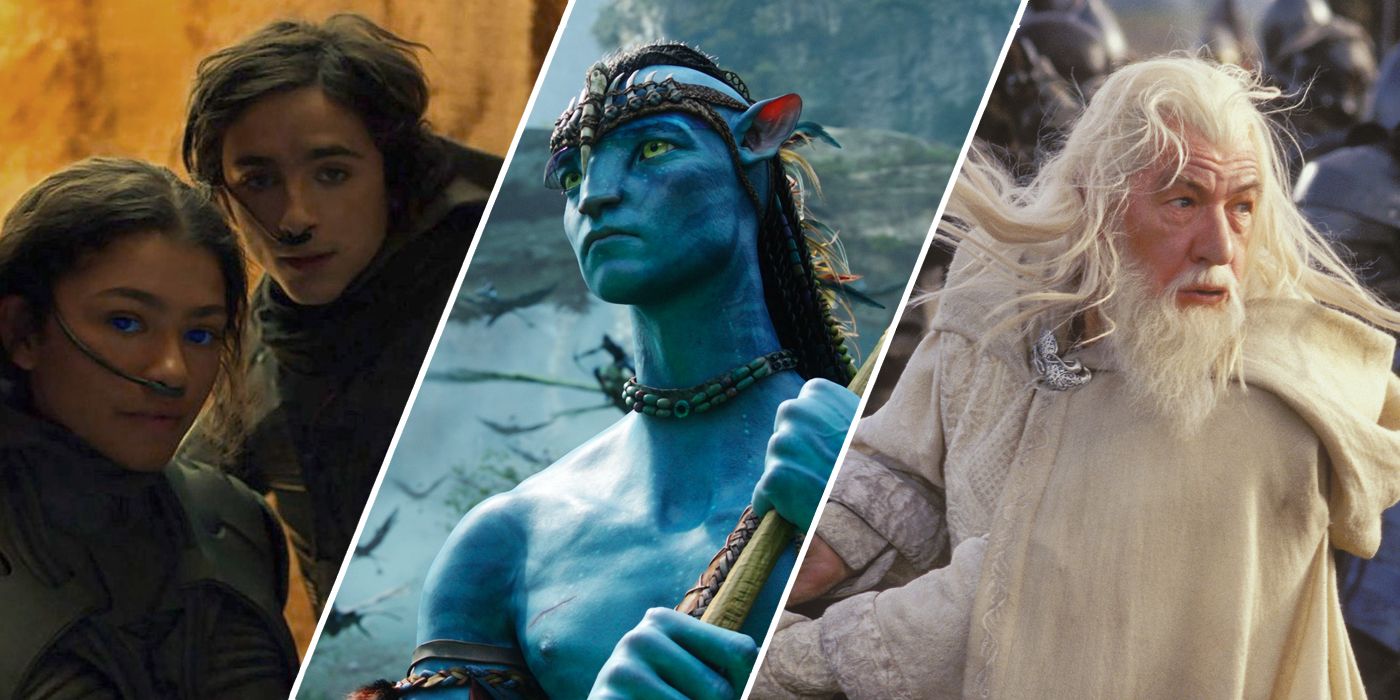
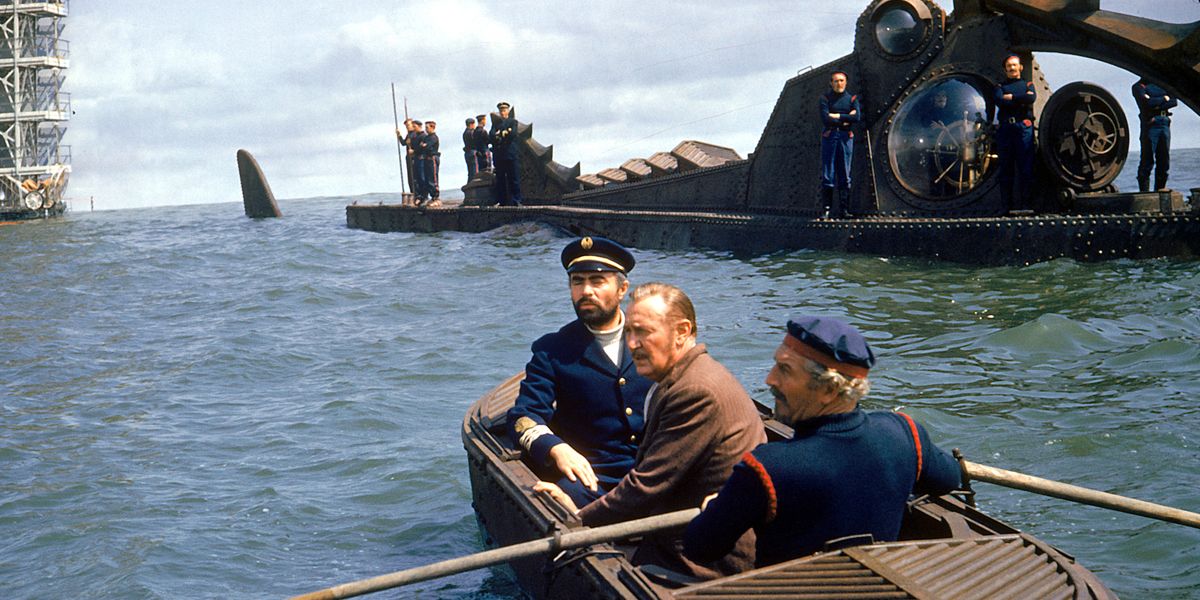
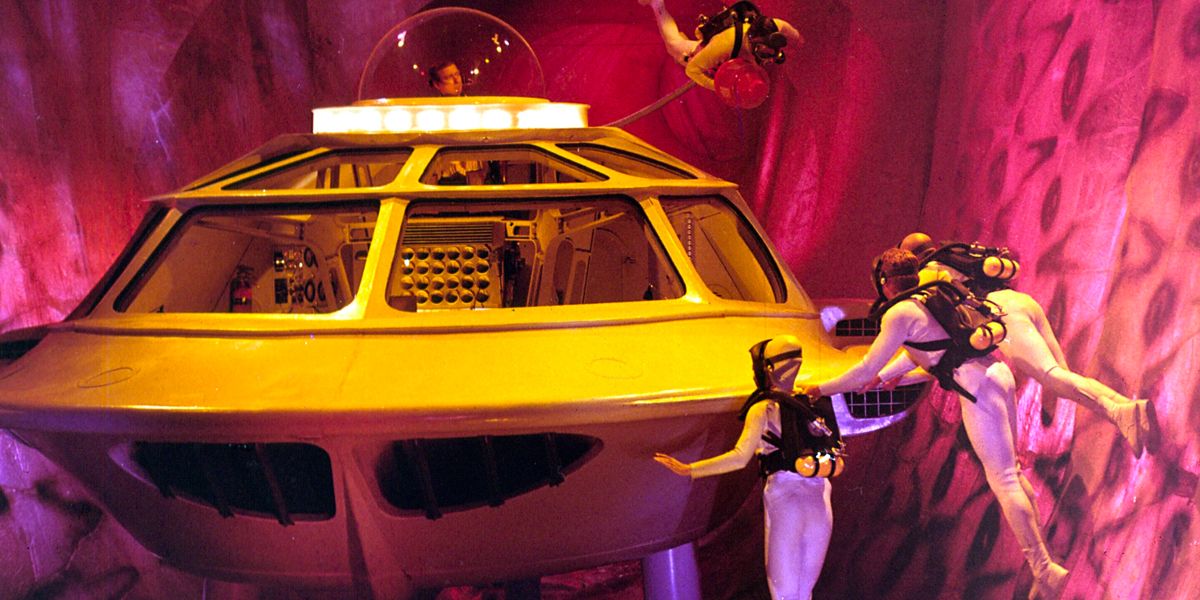
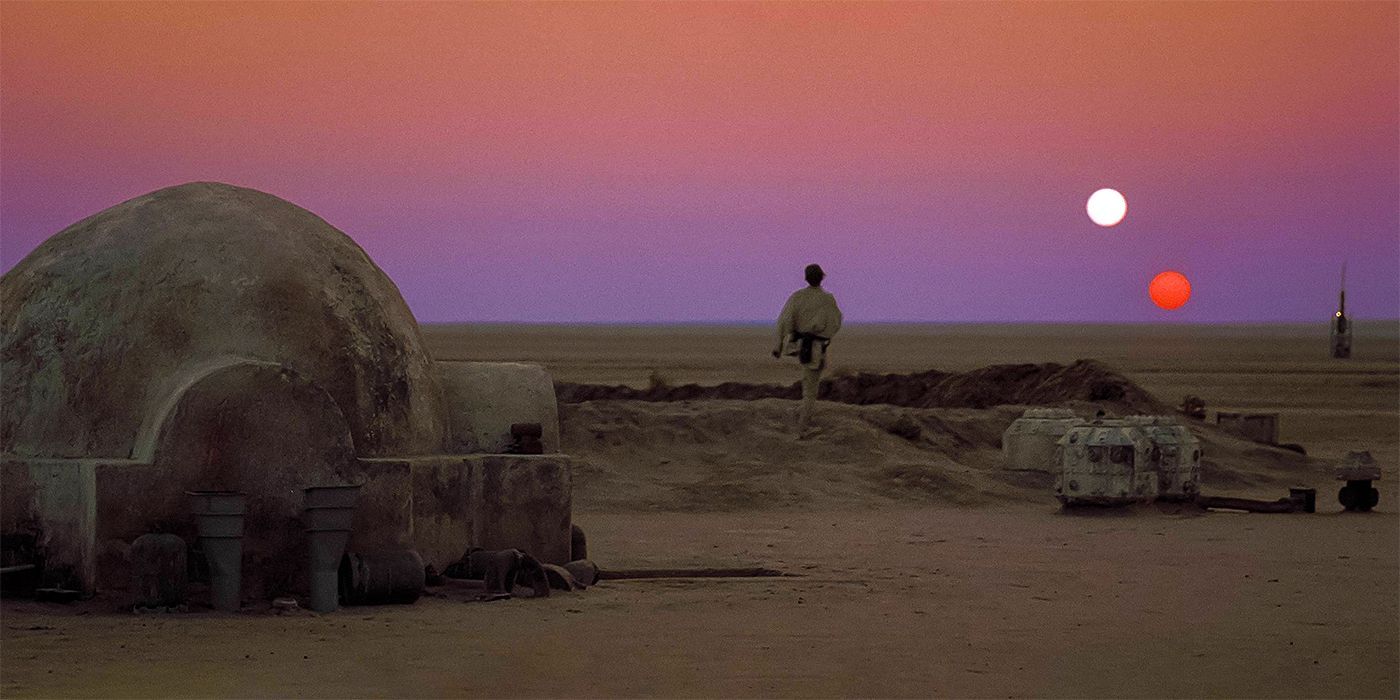
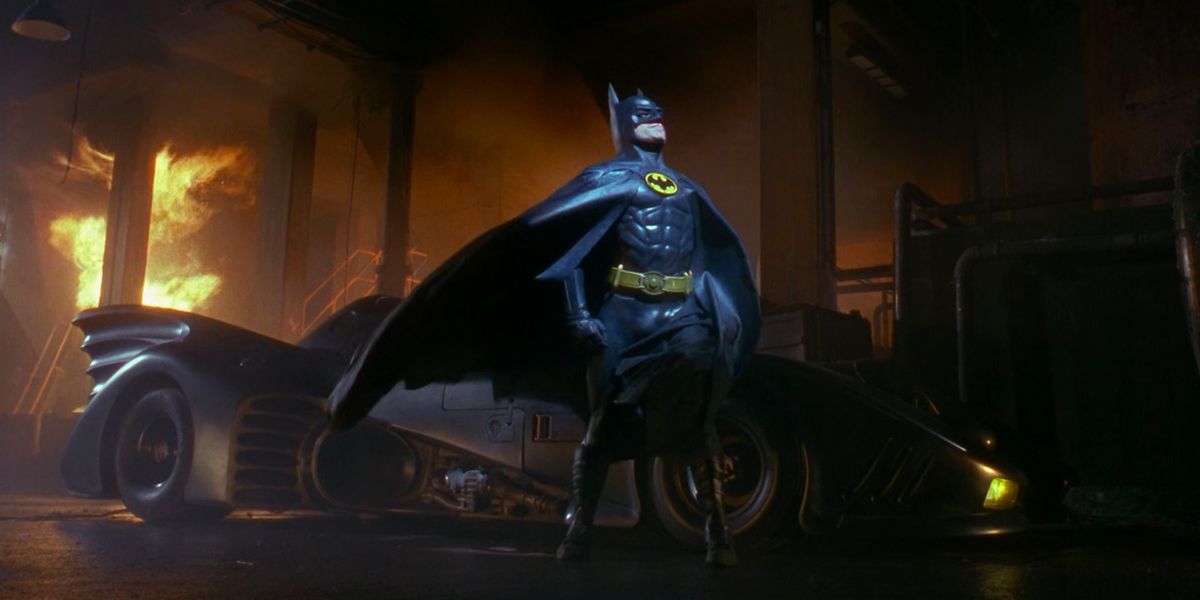

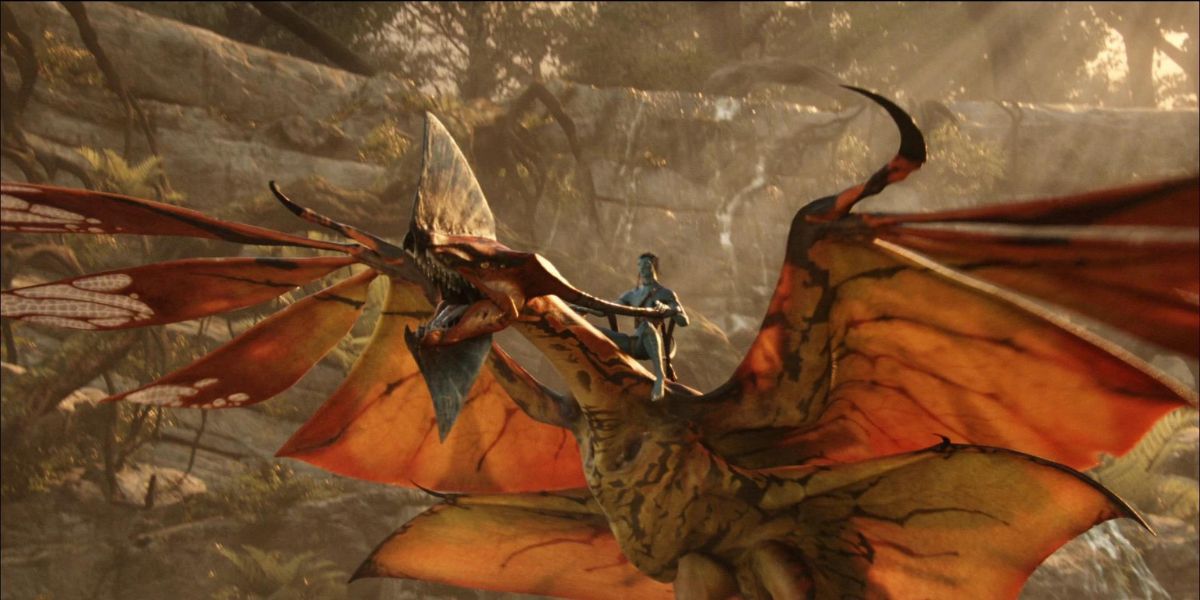

.jpg)
